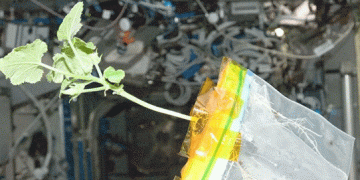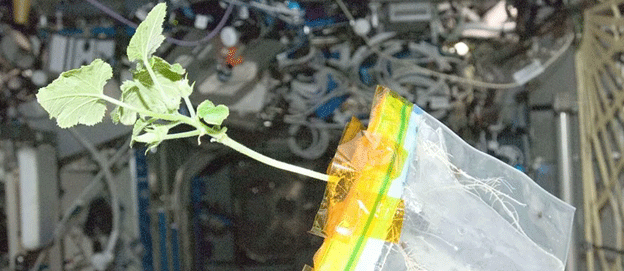On September 4, 2024, researchers from the Siberian Federal Research Center for Agro-Biotechnology (SFRCAB) presented the preliminary findings of their groundbreaking experiment on growing crop seeds in outer space. Launched in 2021, the study involved placing both light and dark (hyperpigmented) seeds of various crops on the surface of the International Space Station (ISS).
Key Findings from the Space Experiment
The experiment aimed to assess how different seed types would perform in the unique environment of space. It confirmed that seeds with stronger pigmentation tend to retain higher viability in space conditions. The study included seeds from three varieties of rapeseed, five varieties of wheat, millet, chickpeas, peas, and soybeans.
Results showed a varied performance across seed types:
- Wheat exhibited the highest germination rates, ranging from 80% to 100%.
- Peas followed with a germination rate of 60% to 80%.
- Chickpeas had a germination rate of 55% to 70%.
- Rapeseed showed a germination rate of about 60%.
- Soybeans had the lowest germination rate at around 40%.
Kyrill Golokhvast, Director of SFRCAB, noted that while soybeans have shown excellent preservation during long-term storage on Earth, their performance in space differed significantly. “There are several Earth-based experiments where soybeans exhibit superior preservation compared to other grains, but the results in space were unexpected,” he explained at the XI International Forum on Technological Development “Technoprom-2024.”
Future Directions and Ongoing Research
The primary goal of this experiment, part of the “BioRisk” project, is to uncover unique properties affecting crop yield in space. While no significant deviations from Earth-grown plants were observed, further data and analysis are required to fully understand these findings. The experiment will continue with two additional series planned aboard the ISS to expand on these initial results.































